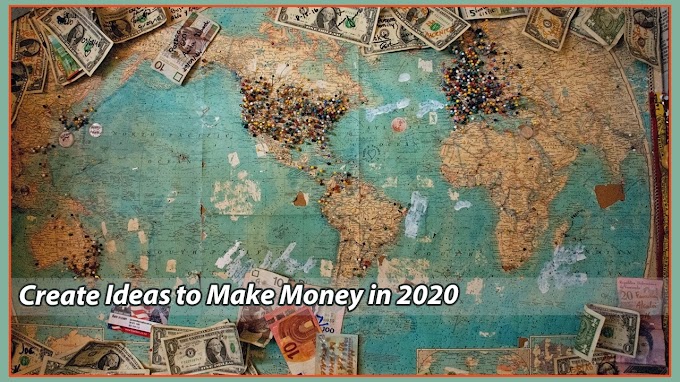What are the 6 Types of Social Media?
What are the 6 types of social media?
Social media refers to a set of user services, one of which is social media, and a variety of user-centric communications that are based on a variety of content, including text, photos, and video. Virtual social media is made up of nodes connected by one or more specific types of interdependencies. For example, economics, culture, and religion, politics, friendships, trade, specialized sciences, etc. are definable types of affiliations, but most public social networks are friend-oriented. Social media is based on a variety of content, different media categories, and a variety of services. In some of these services, video and photo sharing connect users. In other words, in the form of specialized forums, users share knowledge and awareness in a specific area. This set of services is called social media.
In contrast to mass media, such as television networks, which have incurred enormous costs for the production and dissemination of content, social media providers pay little for the production and dissemination of content, and in line with their intended dissemination of content and message. They use their social means, the users.
 |
| Types-of-Social-Media-Bravo |
Today, social media has attracted a large number of Internet users in different countries, and due to the vast range of functions and services in this area, there is an increasing growth in the time spent on the use of this type of service. Today, social media has become a platform for the dissemination of thoughts and ideas, a platform for entertainment and recreation such as making friends, as well as a platform for the development of science and knowledge and expertise. Websites and specialized sites mainly have links to social networks and provide specialized interactive topics to the audience in these media.
Social media has been categorized with different approaches that have changed over time. Among the various models and categories, the following category is taken from the model presented in LandScape2016. Based on this model, the thematic domain of social media is as follows.
1. Network-based: Focus on developing relationships and connections between users
2. Share-centered: Focus on content sharing, including multimedia content
3. Publishing Axis: Focused on publishing and sharing information
4. Conversational: Conversational-focused while sending other content items
5. Oriented messages: Focused on sending messages with a variety of templates
6. Collaborative: Focus on social cooperation
Facebook, Twitter, Viber, WhatsApp, and some other examples, as shown in the figures, include the functions of all 6 categories. This category includes social media on the web or online.
There are other categories of social media, and one of the important issues is that the category includes all types of user-centric media.
Social media refers to a set of user services, one of which is social media, and a variety of user-centric communications that are based on a variety of content, including text, photos, and video. Virtual social media is made up of nodes connected by one or more specific types of interdependencies. For example, economics, culture, and religion, politics, friendships, trade, specialized sciences, etc. are definable types of affiliations, but most public social networks are friend-oriented.
Social media is based on a variety of content, different media categories, and a variety of services. In some of these services, video and photo sharing connect users. In other words, in the form of specialized forums, users share knowledge and awareness in a specific area. This set of services is called social media.
In contrast to mass media, such as television networks, which have incurred enormous costs for the production and dissemination of content, social media providers pay little for the production and dissemination of content, and in line with their intended dissemination of content and message. They use their social means, the users.
Today, social media has attracted a large number of Internet users in different countries, and due to the vast range of functions and services in this area, there is an increasing growth in the time spent on the use of this type of service. Today, social media has become a platform for the dissemination of thoughts and ideas, a platform for entertainment and recreation such as making friends, as well as a platform for the development of science and knowledge and expertise.
Websites and specialized sites mainly have links to social networks and provide specialized interactive topics to the audience in these media. Social media has been categorized with different approaches that have changed over time. Among the various models and categories, the following category is taken from the model presented in LandScape2016.
Based on this model, the thematic domain of social media is as follows.
1. Network-based: Focus on developing relationships and connections between users
2. Share-centered: Focus on content sharing, including multimedia content
3. Publishing Axis: Focused on publishing and sharing information
4. Conversational: Conversational-focused while sending other content items
5. Oriented messages: Focused on sending messages with a variety of templates
6. Collaborative: Focus on social cooperation
Facebook, Twitter, Viber, WhatsApp, and some examples
 |
| Types-of-Social-Media-Bravo-B |










0 Comments
Please do not enter any spam link in the comment box. (Bravo Creative Media)